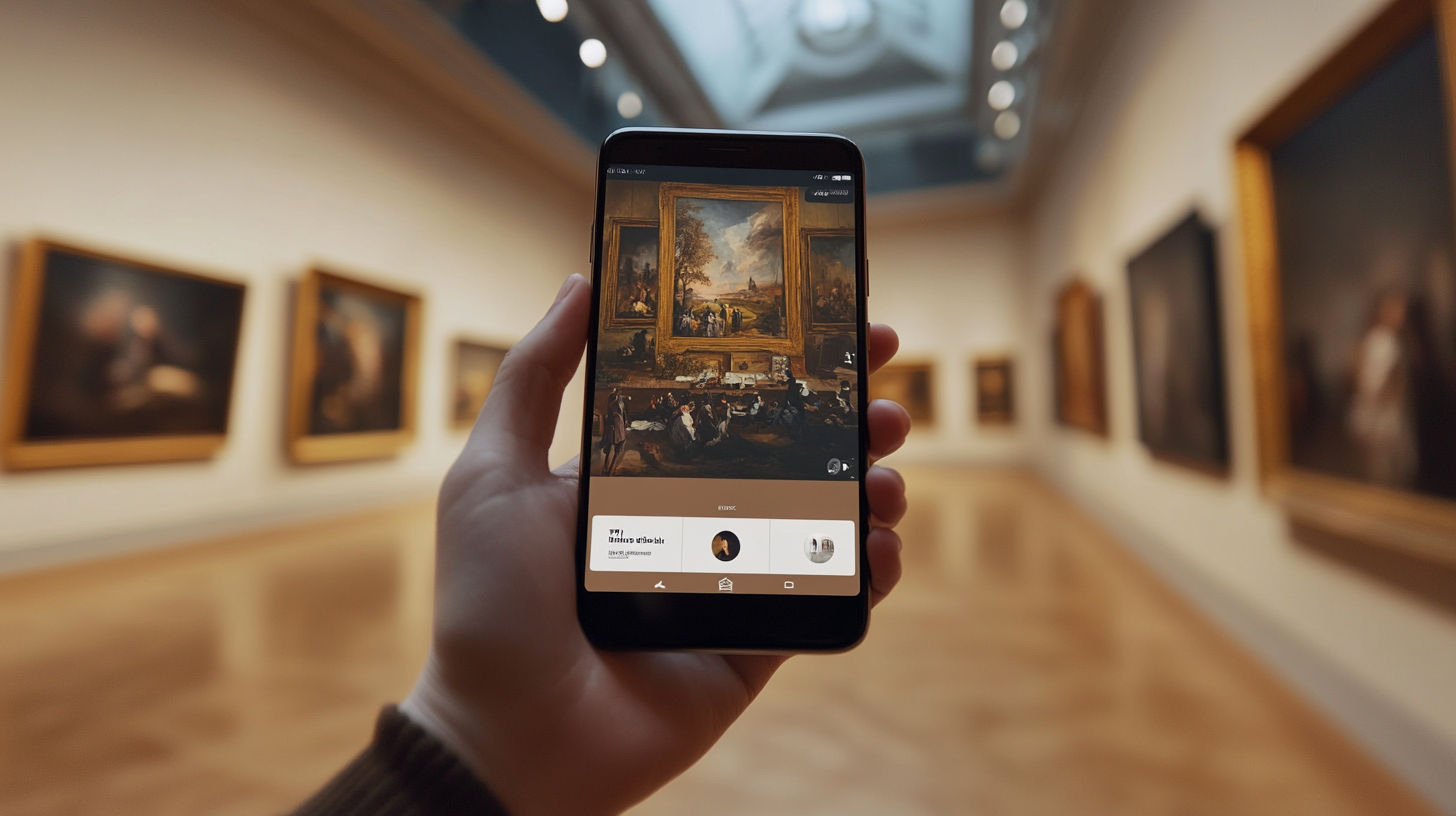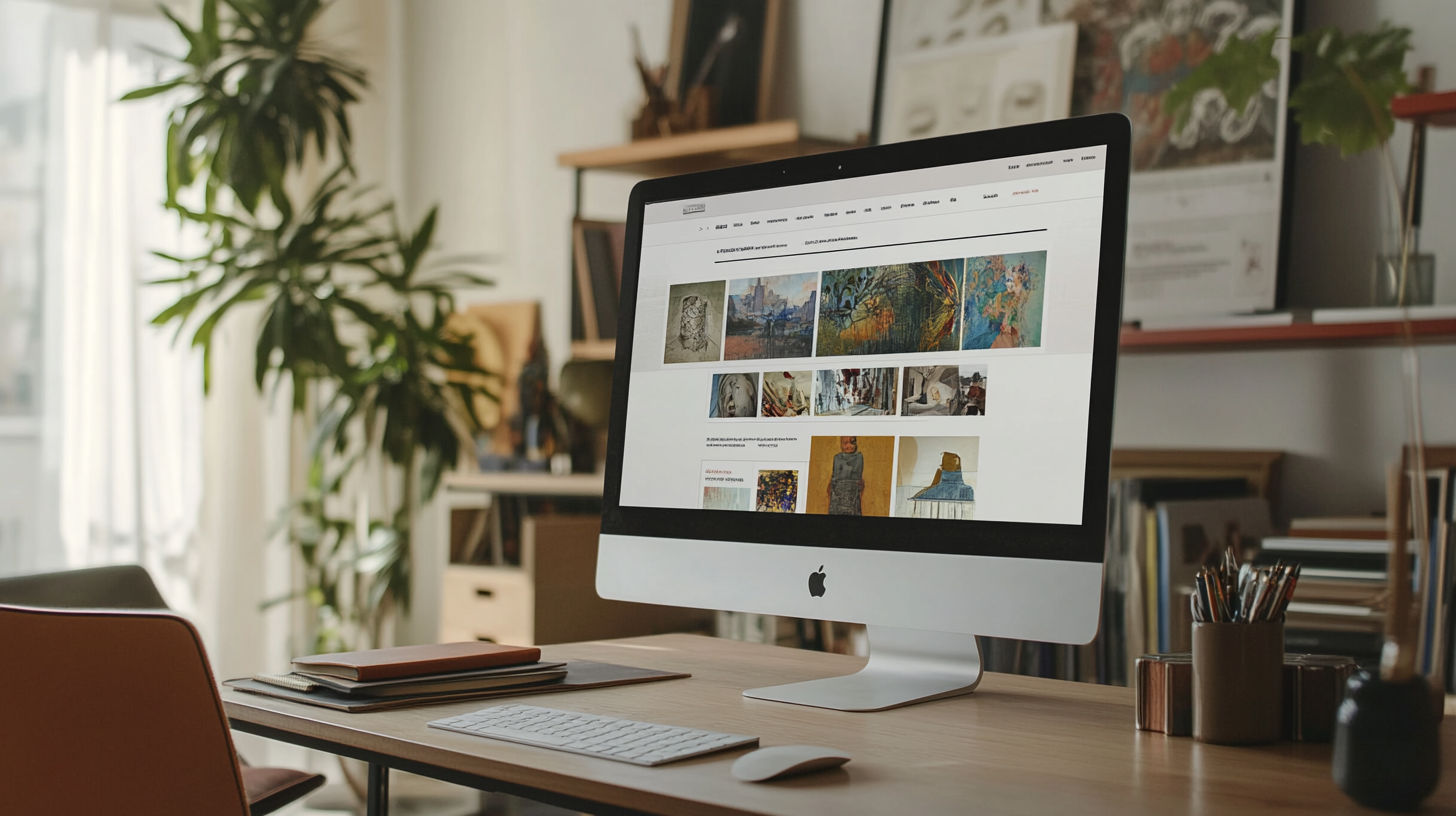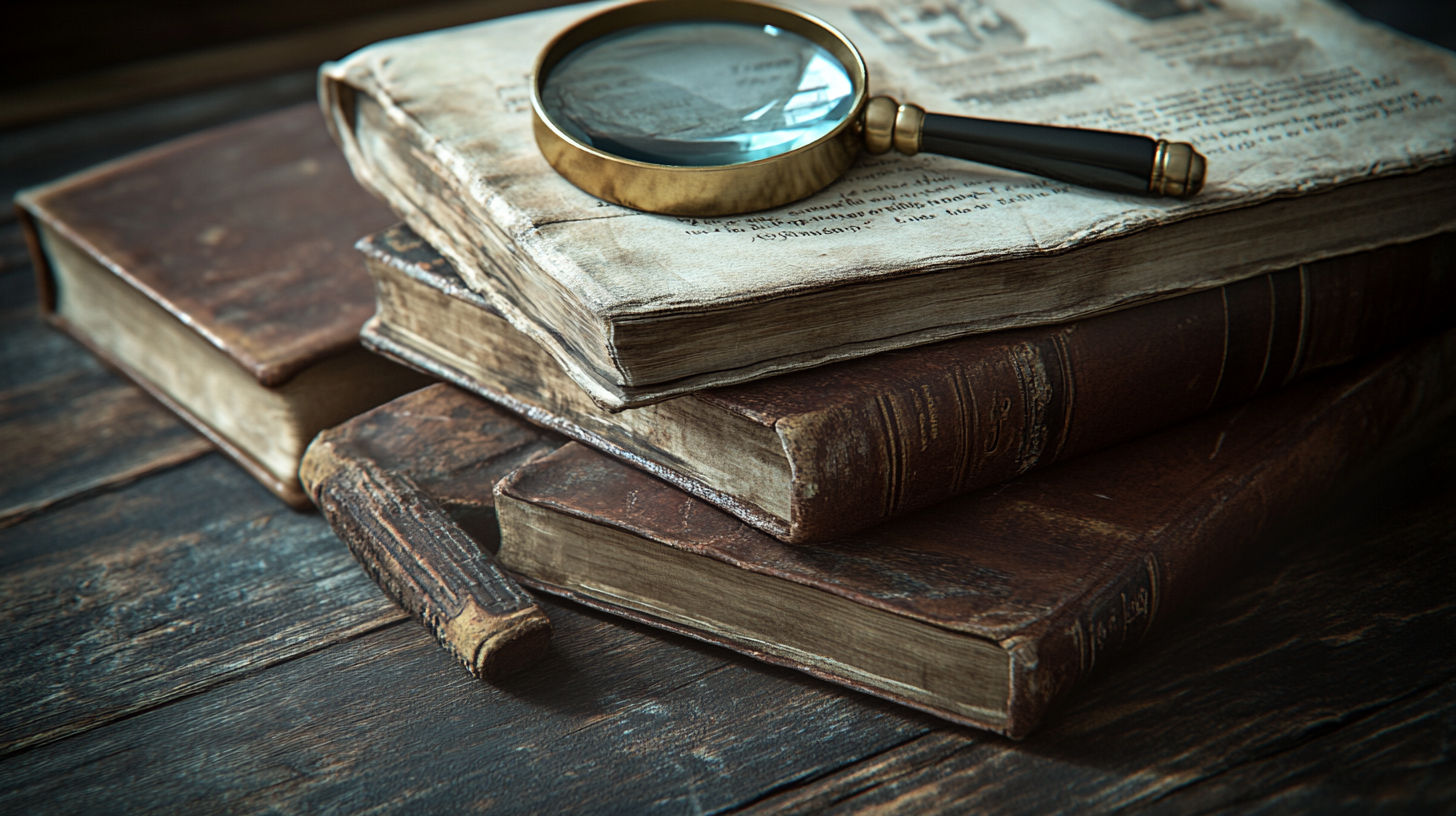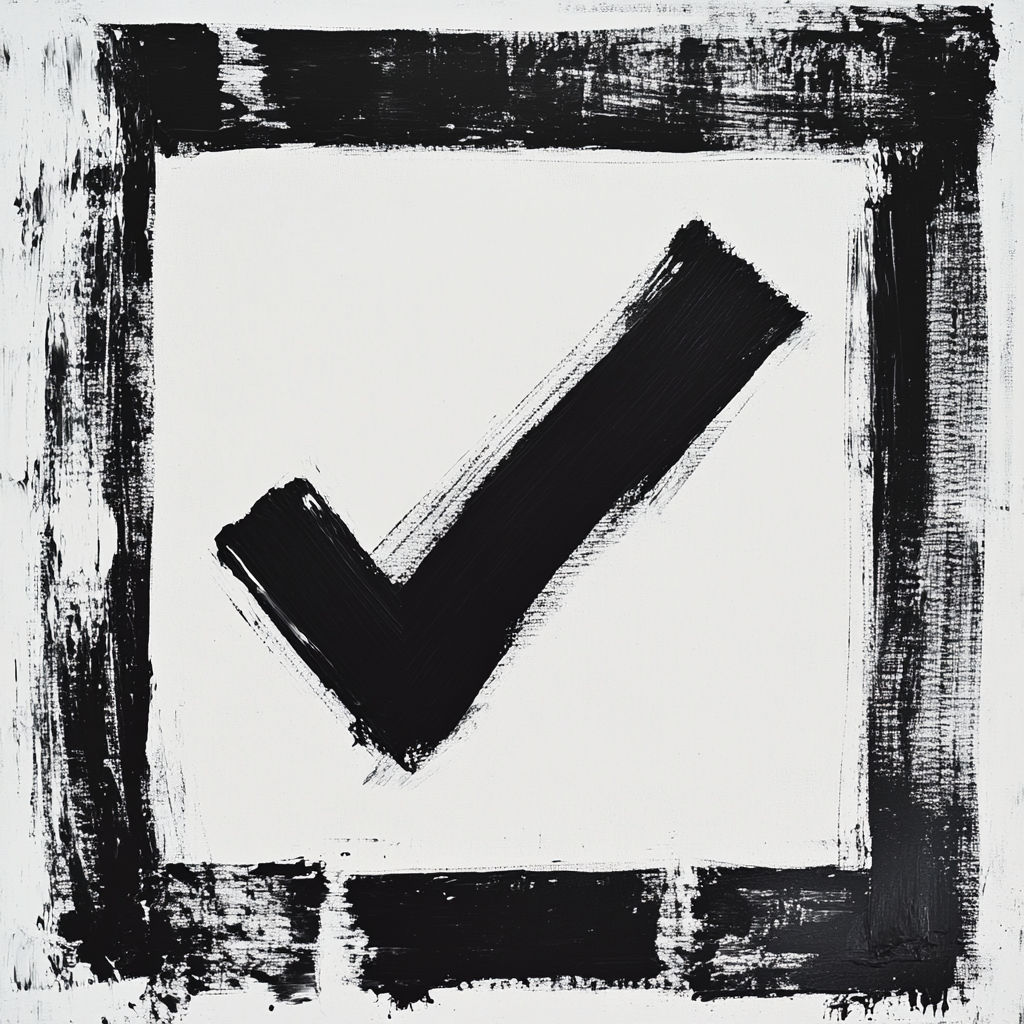Identifying Unknown Artwork: A Comprehensive Guide

The Importance of Art Identification
Properly identifying artwork is crucial for several reasons. Beyond satisfying curiosity, knowing the creator and background of a piece can:
- Establish its authenticity and provenance
- Determine its appropriate insurance value
- Reveal its historical and cultural significance
- Enhance appreciation of the piece’s artistic context
- Provide essential information for potential resale
The identification process combines visual examination, historical knowledge, and sometimes technological assistance. Let’s explore the most effective methods for solving the mystery of unknown artwork.

Visual Examination Techniques
Look for Signatures and Markings
The most direct way to identify an artwork is through the artist’s signature. Artists typically sign their work in one of several ways:
- Full name signature (often in a corner of the front)
- Initials or monogram
- Unique artist’s mark or symbol
- Date alongside the signature
When examining the signature:
Signature Examination Checklist
According to the Smithsonian American Art Museum, gallery labels, exhibition stickers, and auction house markings on the back of artwork can provide valuable provenance information, often more helpful than the signature alone.
Analyze the Medium and Materials
Different artistic mediums have distinctive characteristics that can help with identification:
Artwork Medium Identification
| Category | Price Range | Notes |
|---|---|---|
| Oil Painting | Thick, textured brushstrokes; longer drying time allows blending | Examine for cracking (crazing) which develops with age |
| Watercolor | Transparent, fluid appearance; visible paper texture | Look for bleeding colors and washy effects |
| Acrylic | Plastic-like surface when dry; vibrant colors | Typically more modern (popularized in the 1950s) |
| Prints | Mechanical reproduction; consistent line quality | Check for plate marks, edition numbers, or printing patterns |
Note: Price ranges are approximate and can vary based on condition, rarity, and market demand.
The materials used can also help date the artwork. For example, certain pigments were only available after specific dates, and canvas types have changed over centuries.
Study the Subject Matter and Style
Subject matter and stylistic elements provide crucial context for identification:
- Historical or mythological scenes suggest academic training
- Impressionist techniques point to late 19th/early 20th century
- Abstract expressionism became prominent mid-20th century
- Religious iconography follows specific conventions by period and region
The Clark Art Institute’s identification guide suggests: “Look also for markings that would give clues about the history of the object: gallery labels, exhibition labels, auction labels, or owners’ stamps. With paintings and works on paper, always examine the back of the object.”
Digital Tools for Art Identification

Art Recognition Apps
Smartphone apps have become increasingly sophisticated at identifying artwork:
Art Identification Apps
Popular Art Identification Apps
Smartify
Free app that recognizes millions of artworks in museums worldwide. Smartify has a 4.7-star rating with over 6,000 reviews and provides audio guides and cultural travel information.
Magnus Art
Focuses on contemporary art identification and market pricing. Particularly useful for art collectors and gallery visitors.
Google Lens
While not exclusively for art, Google Lens can effectively identify famous paintings and sculptures by comparing them to web images.
TinEye
Reverse image search engine that can find where images appear online, helpful for locating information about artwork.
According to a New York Times article on art identification apps, these tools work best for well-known works but may struggle with obscure pieces: “With companies racing to develop Shazam for art, we see what instant-identification apps really add to your experience in museums and galleries.”
Using Google Lens for Art Identification
Google Lens has become one of the most accessible tools for identifying artwork. Here’s how to use it effectively:
How to Identify Art with Google Lens
Capture a clear image
Take a well-lit, straight-on photo of the artwork, or screenshot an online image.
Open Google Lens
Access Google Lens through the Google app or Google Photos.
Analyze the image
Upload your photo and let Google analyze it against its database.
Review results
Examine visually similar images and web pages containing the artwork.
Research further
Use the results as a starting point for deeper investigation.
According to an article on Medium: “With Google Lens you can identify artworks using your camera, which is great if you’re out and about, but you can also choose a screenshot which is what we are doing here.”
Reverse Image Search
For online images or digital photos of artwork, reverse image search can be remarkably effective:
- Visit Google Images, Bing Visual Search, or TinEye
- Upload your artwork image or provide a URL
- Review visually similar results and related web pages
- Look for museum collections, auction records, or art database entries
This method works particularly well for prints and reproductions of famous works that appear frequently online.
Community Resources for Art Identification

Online Art Identification Communities
Several online communities specialize in art identification:
Art Identification Communities
r/WhatIsThisPainting
A Reddit community dedicated to identifying artwork. With over 86,000 members, this subreddit helps users identify artists and works of art from photos.
Identify My Artwork (Facebook)
An active Facebook group for identifying artists and learning about paintings, prints, and sculpture ("fine" art).
Art History Forum
Platform where art historians and enthusiasts discuss and help identify historical artwork.
FindArtInfo Forum
Discussion forum associated with the FindArtInfo database, where users can post images for identification help.
When posting to these communities, include:
- Clear, well-lit photos from multiple angles
- Close-ups of signatures, markings, and frame
- Photos of the back of the artwork
- Measurements and any known history
- Details about how you acquired the piece
A Reddit user in r/findareddit recommended: “You can try r/WhatIsThisPainting, r/ArtCollecting or r/ArtHistory. If you have any idea where or what era the piece is from there you can probably find more specific subreddits.”
Professional Art Identification Services
For potentially valuable artwork, professional identification services offer expert analysis:
Professional Art Identification Services
| Category | Price Range | Notes |
|---|---|---|
| Auction Houses | Free initial consultation, fees for formal appraisal | Christie's, Sotheby's, Bonhams offer expert opinions |
| Art Appraisers | $125-$350 per hour | Certified by International Society of Appraisers or American Society of Appraisers |
| Museum Curators | Often free for limited consultation | May help with academic research but not commercial valuations |
| Authentication Boards | $500-$10,000+ depending on artist | Artist-specific foundations that authenticate works |
Note: Price ranges are approximate and can vary based on condition, rarity, and market demand.
The FindArtInfo database states: “Just enter the name of the artist, click Search and value your artwork! On FindArtInfo.com you will find price information on 3,967,598 pieces of art sold over the years.”

Advanced Identification Techniques
Scientific Analysis Methods
Modern technology allows for non-destructive testing that can reveal hidden aspects of artwork:
- Infrared reflectography: Reveals underdrawings and changes made during creation
- X-ray fluorescence: Identifies chemical elements in pigments
- Raman spectroscopy: Analyzes molecular composition of materials
- Carbon dating: Determines age of organic materials in the artwork
Provenance Research
Tracing an artwork’s history of ownership can be crucial for identification:
- Search for gallery labels, exhibition stickers, and auction marks
- Research previous owners if known
- Check exhibition catalogs and gallery records
- Consult museum archives for similar works
- Review artist catalogues raisonnés (comprehensive listings of an artist’s work)
The Smithsonian American Art Museum emphasizes the importance of provenance: “Learn how to find out about an artwork’s history by tracking its provenance (the location of an artwork prior to its current ownership) and exhibition guides.”
Signature Analysis and Authentication
Expert analysis of signatures involves:
- Comparison with verified examples of the artist’s signature
- Examination under magnification and different light sources
- Assessment of signature placement, pressure, and flow
- Analysis of ink or paint composition for period consistency
As noted on Quora: “Identifying the artist of a painting can often be achieved by looking for signatures, researching online databases, or consulting art historians.”
Common Art Identification Challenges
Unsigned or Altered Artwork
Many artworks lack signatures for various reasons:
- Student works or practice pieces
- Commercial illustrations or decorative art
- Damaged or over-cleaned artwork where signatures were lost
- Deliberately unsigned works by the artist
For unsigned pieces, focus on:
- Stylistic analysis and comparison with known works
- Material and technical examination
- Provenance research becomes especially important
Distinguishing Originals from Reproductions
Determining whether a piece is an original or reproduction requires careful examination:
Original vs. Reproduction Checklist
According to wikiHow’s guide on identifying paintings, “Use an image recognition app or run a reverse image search. Ask an expert to identify the painting for you, or do it yourself using clues to narrow down the possibilities.”
Dealing with Forgeries and Misattributions
Art forgery is unfortunately common, and many pieces are misattributed:
- Deliberate forgeries attempting to mimic famous artists
- Period copies originally made as homages or studies
- Works by students or followers attributed to their masters
- “School of” pieces created in an artist’s style but not by them
Professional authentication becomes crucial when dealing with potential forgeries of valuable artists.
Developing Your Art Identification Skills
Building Art Historical Knowledge
Expand your understanding of art history through these approaches:
- Study major art movements and their distinctive characteristics
- Learn about influential artists and their signature techniques
- Visit museums regularly to observe authentic works firsthand
- Take art history courses online or at local institutions
- Read artist biographies and catalogues raisonnés
According to The Last Pigment, developing art identification skills requires: “Give yourself the time you need. Practice every day and explore different styles. Read a lot. Create a lot of samples of your work.”
Training Your Eye
Regular exposure to art develops visual discernment:
- Practice describing artwork in detail (subjects, composition, color, technique)
- Compare works by the same artist to recognize consistent elements
- Study how different artistic movements approach similar subjects
- Learn to recognize period-specific techniques and materials
- Examine how signatures evolve throughout an artist’s career
Common Art Identification Questions
How can I identify who painted my artwork?
To identify the artist of your painting:
1. Look carefully for signatures, initials, or monograms on the front and back
2. Examine the back for gallery labels, exhibition stickers, or auction house markings
3. Use image recognition apps like Smartify or Google Lens
4. Try reverse image searches on Google Images or TinEye
5. Post clear photos to art identification communities like r/WhatIsThisPainting or Facebook's Identify My Artwork group
6. For potentially valuable pieces, consult with an art appraiser or auction house specialist
The Smithsonian American Art Museum recommends examining "markings that would give clues about the history of the object: gallery labels, exhibition labels, auction labels, or owners' stamps."
What is the best free app to identify artwork?
Several free apps can help identify artwork:
- **Google Lens**: Available on most smartphones and highly effective for recognizing famous works
- **Smartify**: Specialized art recognition app with a database of millions of artworks, especially those in museums (4.7-star rating on Google Play)
- **Magnus**: Good for contemporary art and includes market pricing information
- **TinEye**: Reverse image search engine that can find similar images online
While these apps work well for well-known artworks in their databases, they may struggle with obscure, regional, or contemporary pieces. For best results, take clear, well-lit photos straight-on without glare or reflections.
How can I find out if my art is valuable?
Determining if your artwork has significant value involves several steps:
1. First identify the artist through signatures, style analysis, or expert consultation
2. Research recent auction results for similar works by the same artist using sites like [FindArtInfo](https://www.findartinfo.com/)
3. Consider factors that affect value: authenticity, condition, size, subject matter, provenance, and rarity
4. Check if the artist has a market following through gallery representations and museum collections
5. For potentially valuable pieces, get a professional appraisal from a certified art appraiser
Remember that condition significantly impacts value—damaged artwork typically sells for 40-60% less than comparable pieces in excellent condition.
Can Google identify a painting from a picture?
Yes, Google can identify many paintings from pictures using Google Lens. The process is straightforward:
1. Take a clear photo of the artwork or screenshot an online image
2. Open the Google app and tap the camera icon to activate Google Lens
3. Upload your image and let Google analyze it
4. Review the visually similar results and web pages containing information about the artwork
Google Lens works best with well-known artwork that appears frequently online. According to a Medium article on art identification, "With Google Lens you can identify artworks using your camera, which is great if you're out and about, but you can also choose a screenshot."
The accuracy depends on the artwork's prominence and how many similar images exist in Google's database. For obscure works, specialized art identification communities may provide better results.
How do I find my artistic identity or style?
Finding your artistic identity is a personal journey that takes time and exploration:
1. Experiment with different mediums, techniques, and subject matter
2. Study artists you admire and analyze what aspects of their work resonate with you
3. Practice regularly and allow your natural preferences to emerge
4. Pay attention to recurring themes, color preferences, or techniques in your work
5. Seek feedback from instructors, peers, and mentors
6. Journal about your artistic process and what feels most authentic
According to art education resources, the process involves: "Give yourself the time you need. Practice every day and explore different styles. Read a lot. Create a lot of samples of your work. Give yourself art prompts as if you were someone's client."
Artistic identity often emerges gradually through consistent practice rather than through deliberate planning.
Where can I post images of art for identification help?
Several online platforms specialize in helping identify artwork:
1. **Reddit's r/WhatIsThisPainting**: A subreddit with over 86,000 members dedicated to art identification
2. **Facebook's "Identify My Artwork" group**: Active community for identifying fine art
3. **Art History Forum**: Website where art historians and enthusiasts discuss art identification
4. **FindArtInfo Forum**: Discussion board associated with the art pricing database
5. **Quora**: Ask art identification questions and receive answers from knowledgeable users
When posting, include multiple clear photos (front, back, signature details, frame), dimensions, and any known history about the piece. The more information you provide, the better the chances of accurate identification.
Resources for Art Identification
Essential Art Identification Resources
Smithsonian American Art Museum Research Guide
Comprehensive resource from the Smithsonian Institution on researching artwork provenance, exhibition history, and artist information.
FindArtInfo Database
Database containing nearly 4 million art auction records to help identify artists and determine market values of artwork.
r/WhatIsThisPainting Subreddit
Active Reddit community dedicated to helping users identify unknown paintings and artwork through crowdsourced expertise.
WikiHow Art Identification Guide
Illustrated step-by-step guide to identifying paintings using visual examination, research techniques, and digital tools.
Clark Art Institute Identification Guide
Expert resource from a renowned art institution on techniques for identifying artwork and conducting provenance research.
International Foundation for Art Research
Nonprofit organization dedicated to integrity in the visual arts, offering authentication services and educational resources.
Google Arts & Culture
Massive digital platform with millions of artworks from partner museums worldwide, useful for comparative research.
Smartify App
Free smartphone app that can identify millions of artworks in museums globally using image recognition technology.
Conclusion: The Art of Identification
Art identification combines science, connoisseurship, historical knowledge, and sometimes a bit of detective work. While not every piece can be definitively identified, the journey of discovery can deepen your appreciation for the artwork and the creative process behind it.
When identifying artwork:
- Begin with careful visual examination, looking for signatures and distinguishing characteristics
- Use digital tools like art recognition apps and reverse image searches
- Consult online communities and forums specialized in art identification
- For valuable pieces, seek professional authentication from qualified experts
- Remember that some mysteries may remain unsolved, which can be part of the artwork’s charm
With patience and persistence, you can uncover fascinating details about the art in your possession, potentially revealing connections to important artists, historical periods, or cultural movements.
Whether you’re an art collector, inheritor of family heirlooms, or simply curious about a piece you’ve acquired, the process of art identification opens windows into artistic traditions, historical contexts, and human creativity across the centuries.
